Average Time to Build a Website from Scratch in 2023
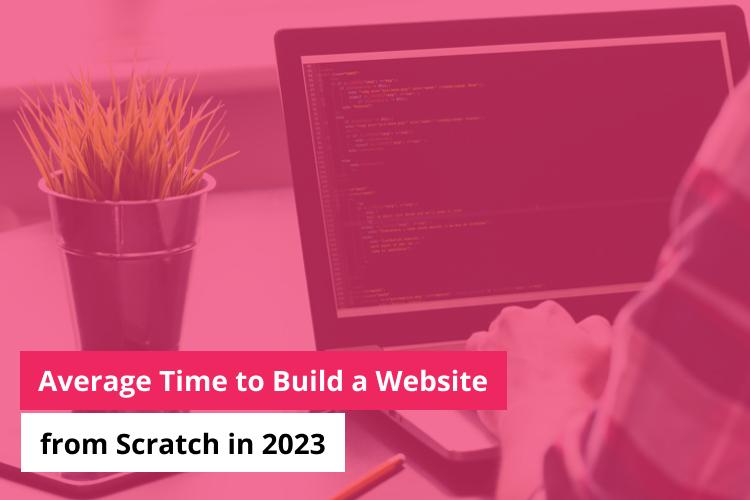
Whatever the field, a company’s online presence has a big impact on how successful it is. Many businesses still seem to be neglecting the fact that the majority of their customers tend to visit their websites before making a purchase.
A strong online presence, particularly a website, can be crucial for increasing revenue. If your business doesn’t currently have one, you need to get one right now. While looking to develop a website, you will seek answers to many important questions. One of the most important concerns that arise while building a website is how long it will take to complete.
Depending on your requirements, creating a website might be lengthy or short. There are various timelines to be expected. Making a website can be a very gratifying process. However, the process of website development must be done correctly.
To provide a pricing quote, website developers require an initial timeframe estimate. Many freelance developers claim to be able to finish a WordPress website in 2-3 days. Others claim to be able to launch one ‘within hours.’ However, this stated super-speed should raise an eyebrow. Building an effective custom-designed website requires more time. Stay along to understand in detail!
The Process of Website Development: An Overview 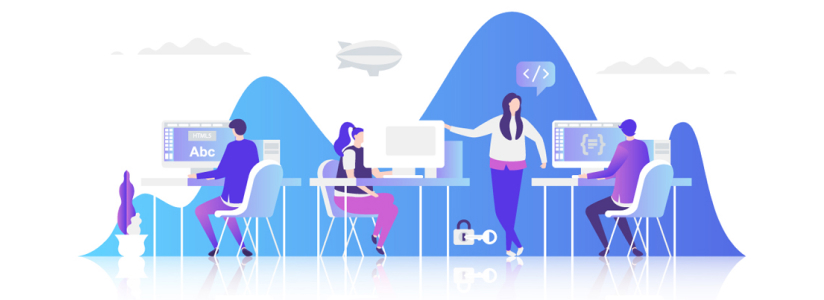
Although designing and building a website in-house is feasible, most businesses opt to work with freelancers or the best website development company to ensure the reliability and usability of their website.
When seen from the outside, many websites seem simple: few menus, buttons, hyperlinks, and visuals, right?
Not quite!
There is actually a lot going on behind the user interface that is visible to staff and consumers, including the usage of HTML, CSS, PHP, Java, and other languages to accomplish the desired result.
In reality, there are normally eight processes involved in creating a website with a development company. Let’s have a look at them!
Planning:
The foundation for your website is established at this early stage.
- Who is your target audience?
- Do you want to have blogs on your website?
- What combination of colors and features will work?
You should have a clear understanding of how you or the developer intend to move forward once the planning process is over.
The time required for development depends on a few factors:
- The website’s complexity:
Is it one scrolling page or a collection of web pages?
- The Web Development Team:
Are you hiring a team, working with a lone developer, or developing it yourself?
- The goal of your Website:
Does creating this website make it easier for customers to comprehend how your company operates? Is it intended to market goods or services?
Before continuing, you should make sure that the planning stage takes all of your requirements into account.
Content Marketing Strategy:
A good website needs information that is both useful and appealing. It includes text, graphics, audio, and video and maybe imported information from other websites. To maximize its effectiveness on search engines, important messages, calls to action, page names, headers, and keywords should be incorporated.
The acquisition of content takes a lot of time for big projects and is occasionally the most extended part of developing a website from scratch. Additionally, it frequently affects and overlaps with other stages. A solid content strategy accelerates website creation and subsequently improves the website’s usability and visibility.
After the site’s planning process and before or at least during the design phase, project teams should begin generating content. It avoids unpleasant hindrances in the future and saves time. For instance,
- Designers intend to add more different aspects to the layout.
- The team plans the architecture, the size of the database, the format of the queries, etc.
- Based on the work of the designers and team, QA engineers produce test cases.
Content authenticity is crucial since every absence results in extra work and stretched-thin budgets.
Choosing a Development Team:
The next critical stage in website development is the selection of your web development team. This process might take anywhere from a week to a month, depending on your needs and budget.
- If you are a small business wanting to develop a simple homepage that gets your brand online and spreads the word, a fast comparison of numerous smaller website development firms may be all that is required to pick one and begin the process.
- If you own or manage a larger firm with several management levels involved in the decision, this stage might take several weeks.
The following important aspects apply to both circumstances: You want to hire dedicated web developers that complement the look and feel of your organization and have a track record of finishing projects on time and under budget. The second factor is far more subjective, therefore it’s critical to evaluate several service providers to choose which one best reflects the mission of your company.
Initial Communication and Goal Setting:
The next stage in the process is to get in touch with the developer you’ve chosen and lay out some fundamental design objectives.
There are two choices available:
- The developer will be in charge of all choices, using your brand’s vision, aim, and anticipated outcomes as a guide.
Or
- From the start, have a general notion of how you want the website to appear.
Giving your developer a clean slate saves you time in the beginning, but it also requires them to spend more time analyzing your brand and developing multiple proposals. Developers can get started right away and provide detailed comments on what works, what doesn’t, and what may be added to increase the effectiveness of your website provided you provide a rough overview.
Creating an Action Plan:
Developers will create several fundamental website plans based on your specifications and share them with your team. You will review these action plans to see if they meet your needs or fall short. You’ll also offer specific suggestions for additions or changes if they meet your standards, which will cause your developer to generate new plans.
Expect this stage to take one to two weeks while you and your developer exchange emails back and forth to decide on the best course of action.
Design Mockups and Feedback:
The next step is feedback and design mockups. Consider these mockups to be a very simplified version of the completed website. These mockups, which are also known as wireframes, show the basic scale of items like text, photos, and buttons as well as where they will appear on your website.
Every page that will be included on your website should be mocked up. You’ll need a mockup of each page if you’re employing a developer to construct your homepage, about us page, service pages, and product pages.
Giving specific input at this point is ideal. Speak out if you disagree with something or the placement of an element or a picture. Changing them is simply because no real progress has taken place as of yet. Changes are still conceivable if you wait until the primary development phase, but they may cause a major delay in your timeframe. Before you decide on a design that is accepted, prepare for two to three weeks of emails and mockup iterations.
In-Depth Development:
The next stage of website creation is in-depth development, which is the most crucial. Your developer will take the mockups you have selected and turn them into a final website with all the content you have approved.
This step might take one to two months, or possibly more if obstacles arise, depending on the size and complexity of your website. Don’t be fooled: Nothing ever goes precisely as planned, but expert developers will factor in additional time to ensure that projects finish on schedule.
Your developer should be in touch with you frequently throughout this phase to provide you with updates on the project and status updates. Convey to them anything you observe that isn’t going as expected or doesn’t reflect the mockup. Although there can be a few minor delays, it’s better than having to put your entire website down after it goes live because the issue wasn’t resolved promptly.
It usually takes one to two months to develop a website, but if you often add new content or make modifications, it may take three or even four months.
Testing and Review:
After you develop a website, you should set out the time between its completion and planned launch for review and testing. Check these things before launching the site:
Site Loading speed:
According to one study, the optimum website loading time for e-commerce conversion is four seconds or less. Google found that websites that take longer than three seconds to load have a 32% increase in bounce rates.
User experience (UX):
Are there any navigational features on your website, such as a menu or a “back to top” button? Is the text too small or light, making it difficult to read? Do you employ AI chatbots, or are actual people available to customers during business hours? It is essential to make sure you keep visitors’ convenience and comfort in mind while designing a website.
Content quality:
Businesses that consistently have mistakes on their websites lose twice as many clients as those with better language. Look again for writing faults before releasing your website. If you’re unsure about your skills, you could want to use Grammarly or hire an editor.
Plugins:
The fact that incompatibility might result in a variety of problems makes website plugins important to be cautious about. There may be a plugin fault preventing your website from loading properly. Verify that any plugins are compliant and up to date by performing all relevant tests.
If earlier steps went according to plan, only minimal adjustments will be required; simple problems like font size or color selection may be quickly fixed before your site goes live. As your team examines the website and seeks out any difficulties, plan on this taking one to two weeks. To ensure effective website operations, it is a good idea to search for a developer who gives both upfront and ongoing assistance.
Average Time to Build a Website: 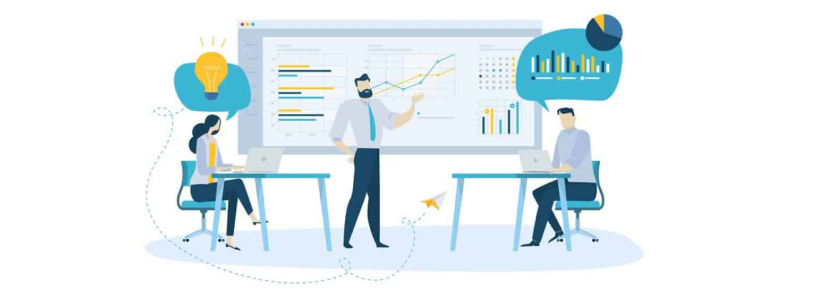
The average time it takes to develop a website from scratch has various significant factors. Following are a few of them:
Project’s scope:
Is it a basic website with only a few pages? Or are there several pages and sophisticated functionality?
Website builder:
The project schedule will be significantly influenced by the website platform.
Experience of the web designer:
Higher experience of web developer = higher efficiency.
Building a Custom Website:
Do you mind launching with a pre-made template? Do you want a completely unique website as per your needs?
Here are the Basic Estimates of Website Development:
- 1-5 Pages: 1 week to 2Months
- 6-15 Pages: 3-6 Months
- 16-50 Pages: 3 months to 6+ months
- Ecommerce Website: 7 Months or more
- Adding More Functionality: +1 week minimum
- Additional Change Requirements: +4 weeks or more
If you want to get an estimate on how long it will take to complete your website, you can contact experts at Imenso Software. They will provide you with an accurate estimation of time and budget. And if you choose to hire a team of web development experts from Imenso Software, you will get the most responsive and reliable website as per your needs.
Top Tips for Building your Website:
Make your Website Mobile Responsive:
For a website to be successful, it must be mobile-friendly. If users come to your website but find it difficult to read or utilize on a mobile device, they may leave in favor of the competition. This brings us to our second point: a bad mobile user experience decreases the search engine rankings of your website and makes it harder for consumers to find it through a Google search.
Make it Easy to Find:
You’ll need a domain name that either fit the name of your business or represents what you do online in some other way. Visitors to the website may come from several domains. To do this, the best technical SEO strategies, content marketing, keyword research, and paid advertising campaigns must all be utilized.
Small businesses may get a lot of leverage from SEO and/or SEM strategies, therefore they shouldn’t be disregarded. The success of your site will be greatly influenced by the effective implementation of your SEO/SEM strategy, which may be done by literally hundreds of experienced specialists.
Keep the Design Simple, and Unique:
The homepage is the most essential element of a small business’s Web design. Ensure that your homepage responds to the crucial questions that brand-new visitors will have, such as who you are, what your business does, and what they can do on your website.
Incorporate data and content that is relevant to your current and potential customers. Avoiding overloading your website is crucial to preventing visitor confusion and distraction. Limit the text to 120 words or less.
Showcase your Products and Services:
Make sure your homepage effectively promotes the item or service you’re selling. The majority of small businesses will benefit from using professional or stock photos or videos. Clear, concise, and appropriate descriptions, illustrations, and product images are required. Insufficient product photography might discourage potential customers from buying your products, even if your website design is outstanding.
Use Clear Calls-To-Actions:
After visitors get on your website, you need to guide them through the conversion funnel. Strategically placing calls to action in places like the top right of your homepage, below sections that encourage action, and at the bottom of your website pages is one of the most efficient methods to improve your website.
Content is King:
A visitor to your website may leave very fast if the content is not relevant or poorly written. Don’t undervalue the power of well-written headlines; they ultimately determine whether a visitor stays on your site to read the rest of the content or decides to leave. Keep the content updated and relevant by adding new articles, business hours, white papers, and updated marketing materials. This will keep people informed and engaged.
The Takeaway:
How much time is required to create a website? The development period varies depending on the project’s objectives, scale, and complexity. Additionally, even similar projects have differences from one another.
Whatever the project’s size, it’s essential to set up a schedule of milestones and goals to guarantee the best outcome in the least time. The developers must meet their deadlines and costs. Make sure to have the product specifications and content ready in advance if you want to launch your website on schedule. If you have a project in mind or have any queries, reach out to the experts at Imenso Software!
Similar Posts
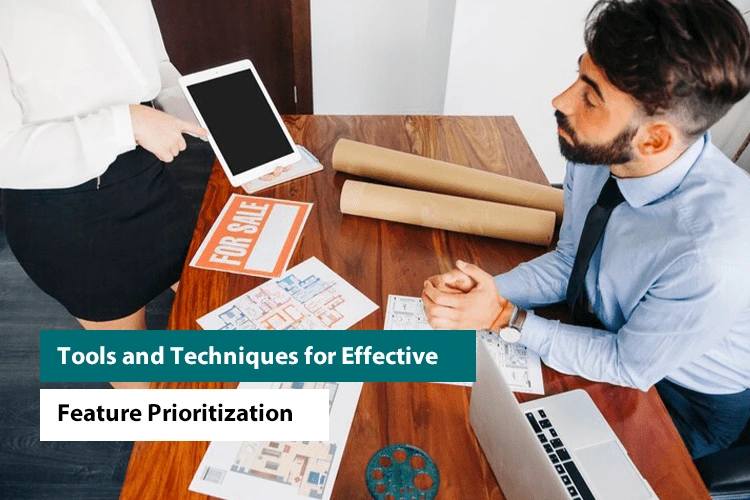
Tools and Techniques for Effective Feature Prioritization
Feature prioritization refers to the process of selecting which features to implement in a product according to some sort of criteria, for instance, business relevancy, customer needs, technical possibility, and available resources. Feature prioritization enables the development team to work on features that will help an organization achieve its goals. According to a research, it […]...
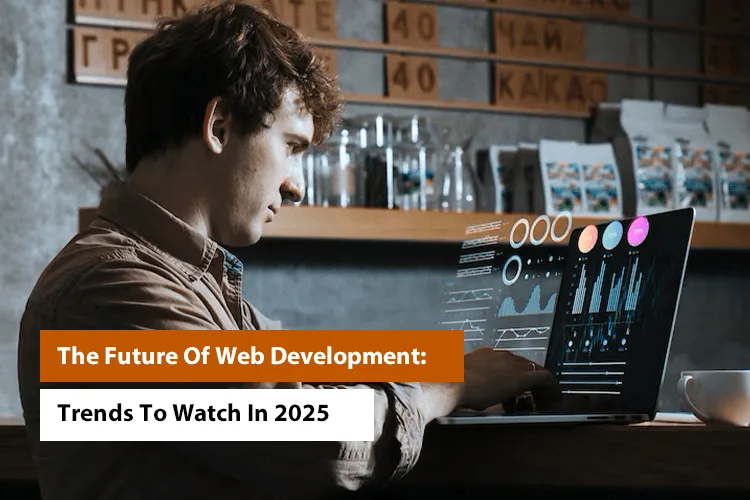
The Future Of Web Development: Trends To Watch In 2025
The internet is not simply a place to discover information; it has become a world of creativity, enterprise, and connections. Every year, we see massive changes in how web development. We also see big changes in how apps are created and used. For businesses, these trends are more than just changes. They are chances to […]...

ReactJS and AR/VR: Exploring the Possibilities for Business Applications
Are you a business owner searching for innovative ways to captivate your audience and stay ahead in today’s competitive landscape? Do you find yourself pondering the possibilities of combining the power of ReactJS with the immersive realms of Augmented Reality (AR) and Virtual Reality (VR)? Look no further! In this blog, we delve into the […]...









